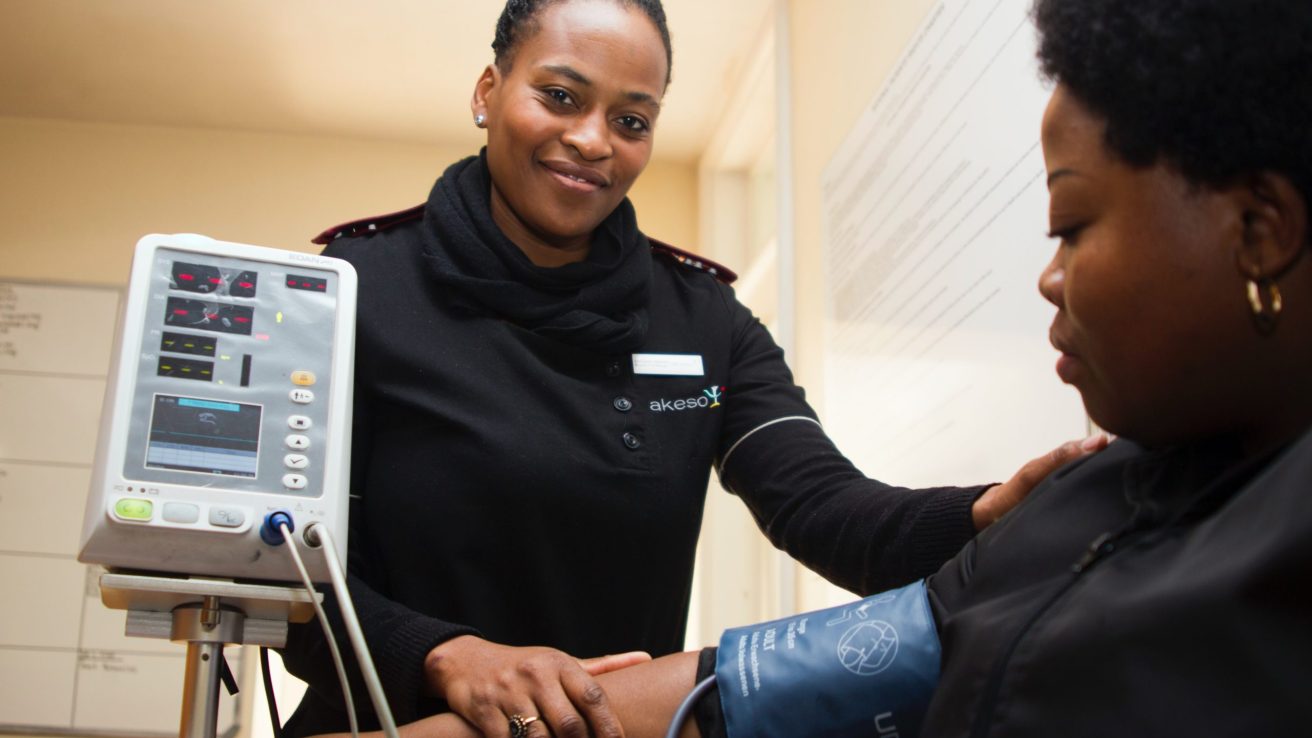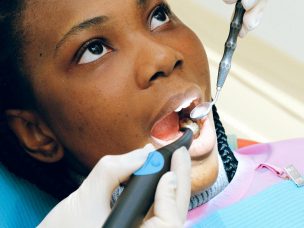Type 2 Diabetes is more common in patients with hypertension or dyslipidemia, women with previous gestational diabetes, and non-Caucasian patients including Native Americans, African Americans, Hispanics/ Latinos, Asians, and Pacific Islanders. In general, studies show that regardless of educational attainment, household earnings, and occupational status, the prevalence of physical inactivity is the highest among African Americans and Hispanics.
African American patients with diabetes are more likely to have poor glycemic control. They have a “higher diabetes- related mortality and morbidity such as amputations, renal disease, and diabetes- related blindness.” The Journal of Diabetes Research conducted a study to determine if increasing the frequency of physical activity per week would significantly lower the prevalence of diabetes among African Americans with sedentary lifestyles relative to the average Caucasian individual leading a sedentary lifestyle. “In order for the prevalence of diabetes among sedentary blacks to be comparable to their white counterparts (11.58%), they need to engage in vigorous activity 6 days per week (12.32%). For sedentary blacks who reported some moderate physical activity, in order for them to have a similar diabetes prevalence as whites (10.10%), they have to exercise 4 days per week (13.51%).” Regardless of the intensity of physical activity, the prevalence of diabetes among sedentary Caucasians is lower than that of African Americans, and even among African Americans who exercise more frequently. This reveals the importance of African American patients’ need to have a consistent exercise regimen.
Specifically, environmental factors were more commonly reported among African American patients than Caucasians. For example, African American women may be more fearful of participating in physical activity in their neighborhood if crime rates are high. Frequently reported barriers were unsafe walking areas, transportation issues, lack of child care, peripheral neuropathy, and degenerative joint disease. The most frequent reason for patients not participating in daily exercise was joint or leg pain. Many minority patients also reported lack of time and equipment. There were also internal barriers such as self-efficacy or lack of motivation.
Physicians should recognize the patient’s exercise preferences and barriers to help develop exercise strategies for improving blood glucose levels. Before recommending an exercise program, physicians should have a better understanding of the environment a patient lives in and any barriers that can potentially impede their physical activity plans. The plan should be adapted to the patient’s individual needs and consider any physical injuries or limitations that may be present. Being able to recognize the patients’ preferences and barriers will increase the chance of completing their exercise program and as a result, improve their glycemic control. It is critical that physicians consider the social determinants of health, particularly how different environments impact the health of minorities.
References:
- Exercise and Type 2 Diabetes
- Barriers to Physical Activity Among Predominantly Low-Income African-American Patients With Type 2 Diabetes
- Exercise Preferences and Barriers in Urban African Americans with Type 2 Diabetes
- Encouraging Physical Activity in Minorities: Eliminating Disparities by 2010
- Differential and Combined Effects of Physical Activity Profiles and Prohealth Behaviors on Diabetes Prevalence Among Blacks and Whites in the US Population: A Novel Bayesian Belief Network Machine Learning Analysis
Read more
Diabetes in Minority Populations: What Can Be Done?










